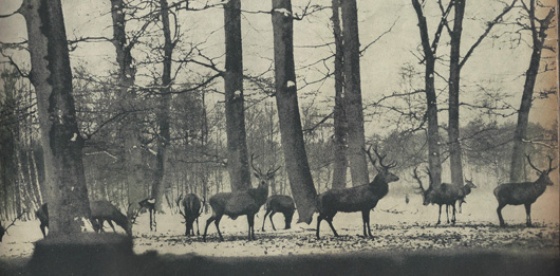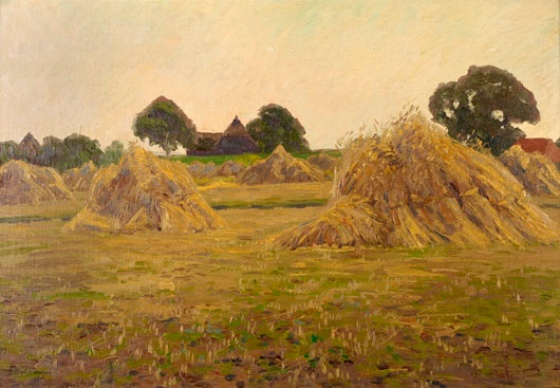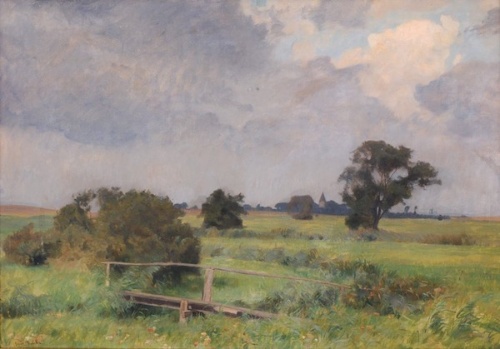Around 1850 Grand Duke George of Mecklenburg-Strelitz ordered the preservation of a beech grove near Lüttenhagen in the Woldegk-Feldberg hill country. The trees with the crowns leaning towards each other remind us of Gothic column-style architecture. An area of approximately 25 hectares is today home to the oldest beech forest in Germany. Decrees established the arrangement of boulevards along the new avenues.
Landscape and environment 1850 up to 1900
On the timeline through this topic


A storm surge in 1872 destroys numerous coastal villages and shorelines along the Baltic Sea. Dykes and other protections are fortified as a result.
Ordinances stipulate that avenues must be built along the new promenades.
The newly appointed district forester Ferdinand von Raesfeld orders natural reforestation of Darss Forest and revolutionises hunting through the introduction of good forest governance.
Sassnitz becomes the centre of the chalk industry. 17 mining companies form a cartel in 1899.
Urbanisation leads to a rise in the exploitation of clay deposits used to manufacture bricks. 63 brick factories are established on Ueckermünder Heath by 1900.

